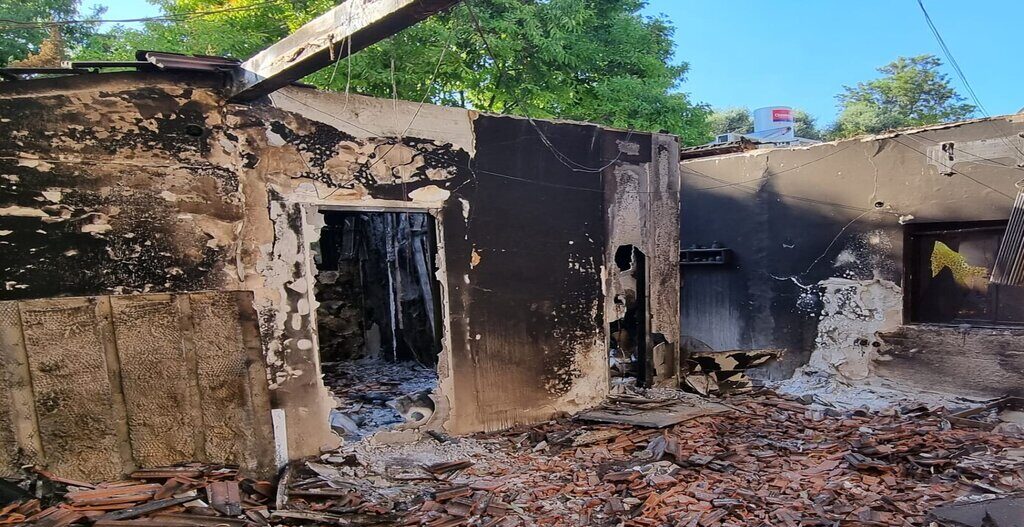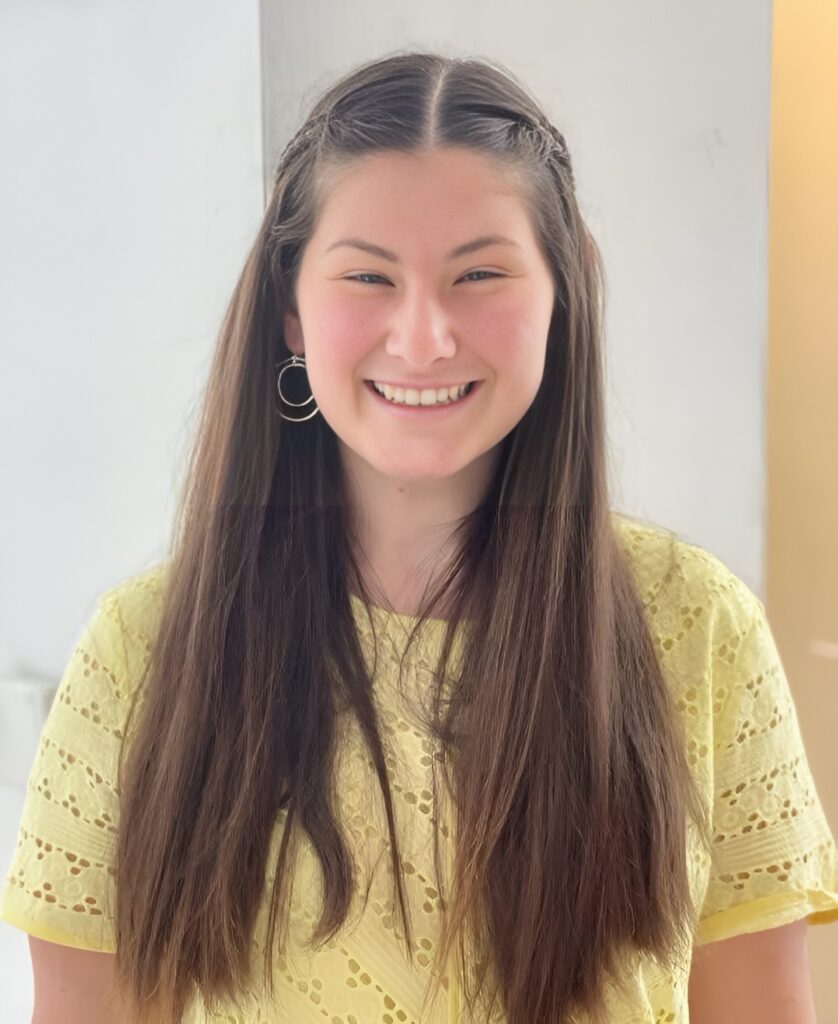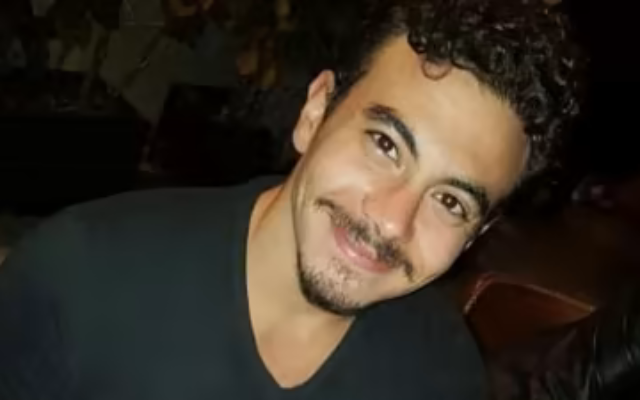After months of war, preceded by a horrific terror attack, Israeli mental health institutions are unsurprisingly concerned about the psychological toll on the nation’s citizens. And one teen who had seen the terrible effects of post-traumatic stress disorder (PTSD) up close was determined to do her part to help.
At least 1,200 people were brutally murdered and another 240 were taken hostage when Hamas terrorists stormed across the border fence from Gaza into southern Israeli communities on October 7, 2023. It was the worst terror attack in the country’s history and the biggest mass murder of Jews since the Holocaust.

Israel immediately declared war on Hamas, issuing emergency call-up orders for hundreds of thousands of reservist soldiers.
As part of its measures to help those traumatized by events during and after October 7, the Ministry of Welfare and Social Affairs has adopted a digital questionnaire for self-diagnosis of PTSD, anxiety and depression.
The online survey is the initiative of Elisheva Isaacs, a 19-year-old completing her national service (as an alternative to military service) at Hilma – an association of Israeli high-tech veterans channeling their expertise into the betterment of society.

“At Hilma, we develop technological solutions to societal challenges,” Isaacs tells NoCamels. “Technology, which is available to everyone through smartphones and computers, presents the option to reach many people.”
Isaacs lost a close family friend, Reuven Magen, to suicide last year at the age of just 27. Reuven had long-undiagnosed PTSD following his military service in the 2014 Gaza war, in which he was badly wounded. And she was determined to help others avoid his tragic fate.
“Reuven was treated physically but not emotionally and people did not know he was suffering from PTSD,” she says. “It was only after a period of time that they discovered it, but by then it was too late, and to my sorrow several years later he ended his own life.”
Isaacs says her friend’s experience stuck with her, and when after October 7 Hilma asked her how she would like to become involved in the war effort, her mind instantly went to Reuven.
She recalled a project that Hilma is carrying out in partnership with the Welfare and Social Affairs Ministry, which consists of a series of questionnaires to help victims of domestic violence and youths experiencing suicidal ideation to better understand their situation.
She realized that this principle could be adapted to help PTSD victims also understand the challenges they are facing and seek help.

“I immediately thought that we could use a questionnaire like this in cases of post-trauma as well,” Isaacs says.
“Because now there will be so many people, soldiers and civilians: people who were evacuated from their homes, people from the center [of the country] who experienced air raid sirens and the stress of terror attacks.”
The survey, which for now is only available in Hebrew, attempts to build a picture of the user’s mental health, the causes of any trauma, where and when it happened, and, if unrelated to the events of October 7, whether the terror attack triggered trauma from previous experiences as well.
The questions asked in the survey were produced by mental health experts at the Welfare and Social Affairs Ministry, while Hilma and Isaacs were responsible for the tech side.
Sign up for our free weekly newsletter
SubscribeThe questionnaire collates the user’s answers and decides based on those responses whether to recommend professional help.

The government says the survey is an independent diagnosis of states of stress, crisis and anxiety, and encourages every Israeli to take the questionnaire.
“The traumatic events of October 7 affected us all, not only the original circles of direct victims, but also in wider circles, and in essence, the entire population,” said Mali Orgad, director of the Center for the Treatment and Protection of Trauma and Crisis at the Welfare and Social Affairs Ministry, when the questionnaire was launched earlier this month.
“Many citizens who were not harmed directly may think it doesn’t apply to them, but in fact they are dealing with levels of stress and anxiety or other [issues] affecting their daily functioning, and it’s very important that they fill the questionnaire out for themselves,” she said.
The Welfare Ministry makes clear that the questionnaire is not a replacement for formal evaluation by a mental health professional, but rather a preliminary assessment designed to help the user find the optimal support system.
“The responsibility is on the user,” agrees Isaacs.

The teen says the technological courses she has taken while working at Hilma and the resources the organization offers made the construction process much more straightforward.
“This allowed us to develop it so quickly and smoothly compared to other development projects,” she explains. “It was an inspiring experience.”
The entire development process took a little under three weeks, Isaacs says, calling that period “a crazy sprint.”
Hilma CEO Michal Ophir has only praise for Isaacs for her initiative, which she says could help a large swathe of the population.
“It is amazing to me that someone doing national service can come and say, ‘I have an idea’ – and from that idea the Welfare Ministry and the Health Ministry and Hilma are working together and creating a solution that can really reach hundreds of thousands of people,” Ophir tells NoCamels.

And Isaaacs in turn is admiring of Hilma and how it is helping reach those suffering in the way her friend Reuven did.
“Hilma is unique in the fact that with today’s technology, I have the option to influence so many people that I could never have anywhere else,” she says.
“With the questionnaire, we have the opportunity to help many, many, many people.”
Related posts

Editors’ & Readers’ Choice: 10 Favorite NoCamels Articles

Forward Facing: What Does The Future Hold For Israeli High-Tech?

Impact Innovation: Israeli Startups That Could Shape Our Future




Facebook comments